A team of four writers Shahana Rajani, Abdullah Qureshi, Aziz Sohail and Nafisa Rizvi put a question to 10 artists:
“In your opinion, what are the responsibilities of an artist?” It was an endeavour to bridge the gap — at least in some measure — between the perception of the viewing public and the artist’s process and output. Aesthetics, considered an important factor for some viewers, is conspicuous by its absence in the perspective of the artist. The artist takes on diverse challenges; recording the zeitgeist as no historian would or could; as visual activist; as the person who wows the viewer with “what oft was thought, but ne’er so well expressed”. For many artists the absolute delight in the course of making art is compulsion enough but at no time must we undermine the gravitas of the activity not its far-reaching effects. The artists selected here are a mix of established and emerging artists, all of them thoughtful, cerebral and informed.
Durriya Kazi: “To be truthful — true to one’s own self and true to what one observes. Of course, we may not know the truth that we pursue; often hoping it will reveal itself in the making. Consciously or inadvertently, art is the testament of its times. In the present climate, art must be more than the coveted art object. The power of art is more than the commerce of art. It has the power to be an awakening, a sharing, a clarifying, a phrasing, a solace. It can remove splinters or create a necessary restlessness. I often wish that art could be like pop music.”
Risham Syed: “I think the responsibility of an artist is the same as that of any thinking responsible person. Only in this case the artist has special tools as he/she presents the audience with certain questions that have to do with human life in a social set-up. I don’t think artists can give or always give answers. I think it is a dialogue that the artist hopes to engage the audience in. Through this conversation, the artist makes the audience aware of their surrounding, themselves and makes them think (or ‘un-think’). Art also has history; so engaging with an artwork is engaging with history.”
Munawar Ali Syed: “The artist has the ability to express and inform what he/she contemplates by making use of diverse techniques, methodologies and activities. I believe a good artist is a multidimensional character who reacts and responds actively to all actions that provoke the senses. The artist is a problem-solving member of society and may offer solutions, as he/she is more aware of the issues within society. Therefore many artists, especially those living in Pakistan are activists. The artist is also a facilitator and collaborator as he/she connects many divisions in society. As an educator, the artist follows the principle ‘Teaching creatively and teaching for creativity’.”
Yaminay Chaudhri: “Be true to yourself — don’t work out of obligation, Don’t try to exploit your subjects, Be aware of your own privilege and how it affects your work, Be aware of your biases and how they colour your views, Don’t make work that’s judgmental … everything is fuzzy, Be aware of the systems of power that frame your work, Question, Take risks, Stay up late, Don’t be afraid of looking silly, Don’t be afraid to fail (easier said than done), Bare some of your vulnerabilities (if the work doesn’t make you a little uncomfortable you probably haven’t made it yet), Don’t be dazzled by the market … meaningful work takes time.”
Basir Mahmood: “The artist’s only responsibility is to play (as he/she engages in activity for enjoyment and recreation rather than a serious or practical purpose) even when dealing with seriousness.”
Naiza H. Khan: “Over the years, I feel more deeply about the significant role and responsibility of the artists in our society. The intricate space we occupy and the experiences we bridge as artists lead to the generation of ideas and knowledge. Nurturing and sharing this pool of knowledge is an important responsibility for the artist. We are translators and mappers of our times; we carry the mantle of bridging tradition and modernity. We have the gift to move the heart, tell stories and make people laugh. These are responsibilities that cannot be taught, or learnt without the generosity of the heart.”
Waqas Khan: “My first belief before anything else is the responsibility that you owe to yourself and to your work; a principle I live by. Be consistent and honest with the work. As far as social responsibility is concerned I believe the point of engagement between the artist and the viewer needs to be such that it provokes their thought process and gives them a vision beyond what they have already seen and known. The artist must continue the learning process between himself and his surroundings. Never remain static.”
Fazal Rizvi: “I usually struggle with the words ‘responsibility’ and ‘artist’ together. Responsibility expects a bit too much from us and it also dictates. Frankly, I don’t like being held responsible for one thing or another. I chance upon certain instances and ideas, which become triggers for me. And in the process of playing between fact and fiction I try to embed many of those triggers within my work.”
Salima Hashmi: “The responsibilities of the artist are presumably to do with his or her role in the community? However, the question to ask: is how responsible is the artist to his or her own talent? How seriously does the artist reflect on his or her practice and is the work focused on investigation and questioning?
One can talk in clichés about the social role of the artist, but what about the community in which the artist resides. Is there a space for mutual interaction and enrichment?
The artist is tasked with holding up a mirror to society; however, what about those who did exactly that? Manto, accused of obscenity, Sadequain and Colin David likewise? Trials, works destroyed and more recently, artists accused of blasphemy? Perhaps, one should put it in a nutshell and say, ‘The artist’s responsibility is to outlive and outwit the enemy’!”
Salman Toor: “An artist’s responsibility, especially in our part of the world, is largely to wrestle with the dead end of respectability and win, with grace and dignity.”
Published in Dawn, Sunday Magazine, January 4th, 2015



































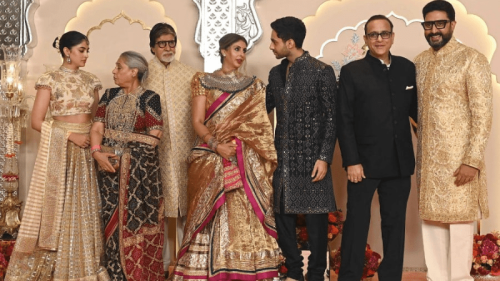
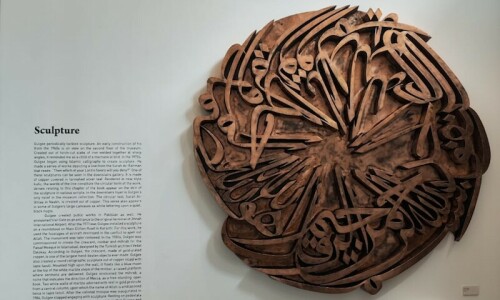

















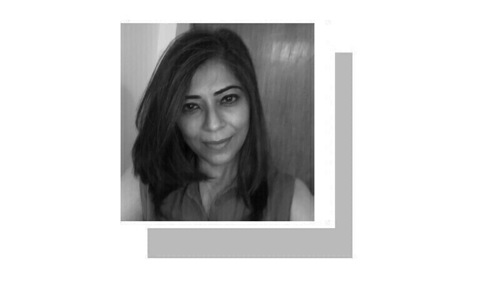
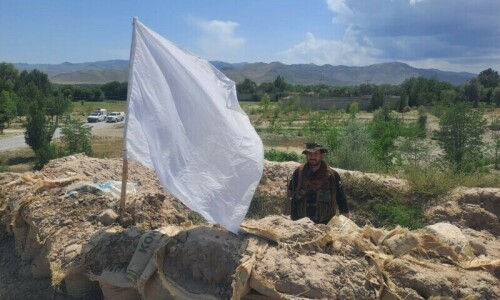
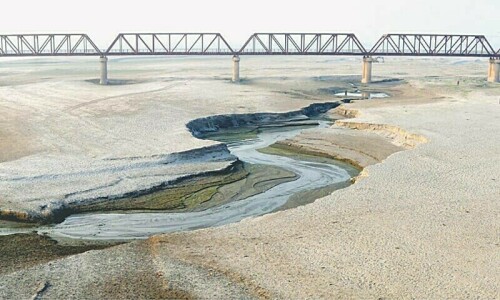


Dear visitor, the comments section is undergoing an overhaul and will return soon.